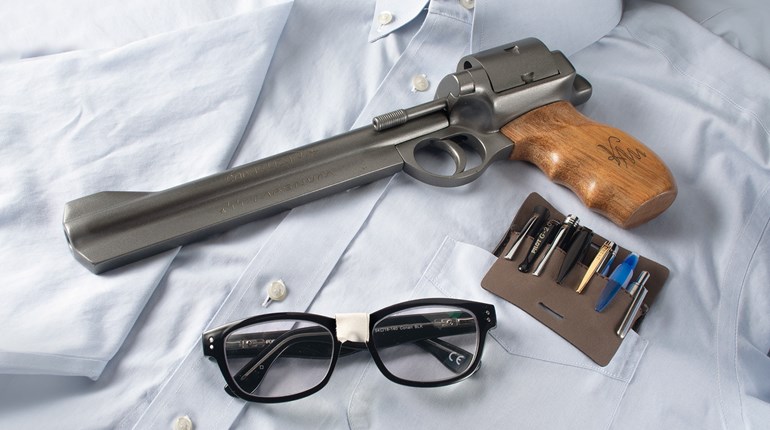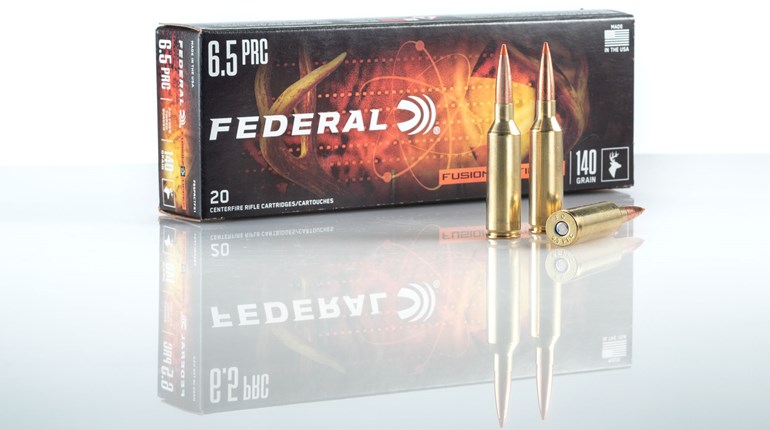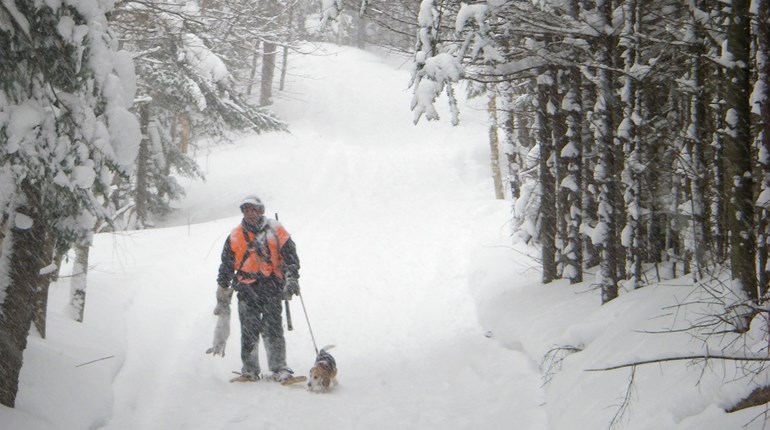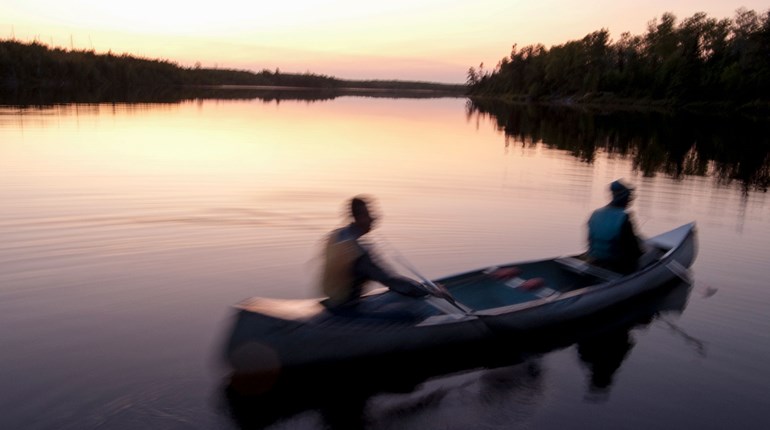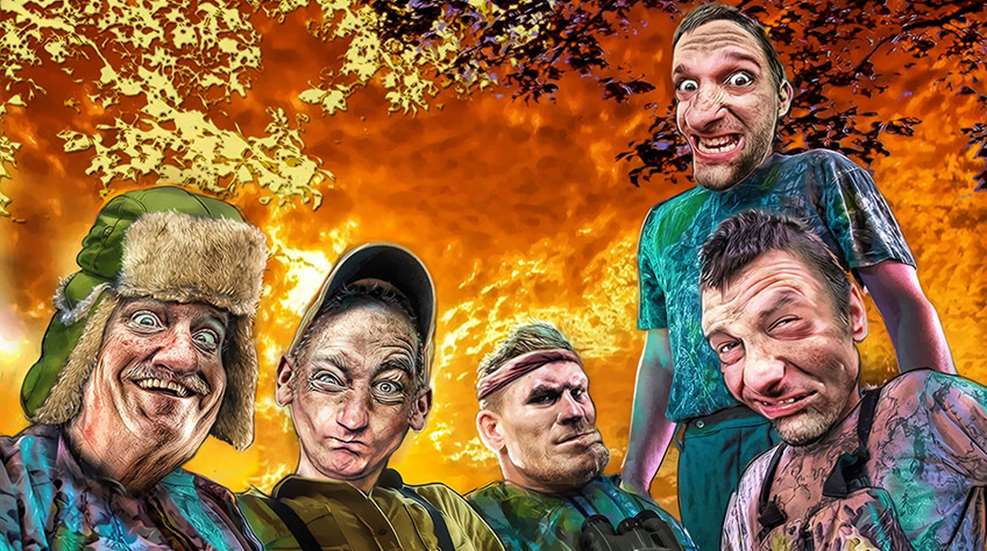
I have been pretty lucky to have hunted all over this big rock, and I have shared time with a huge number of guides. Most were competent and a few became lifelong friends. But there were a few others I had to restrain myself from “beating about the head and shoulders,” which I suppose could describe my reaction to most any category of humans.
All in all, guides are a necessary part of hunting. They are fellow hunters, and most of them are skilled at what they do and are good people. But I swear there is a factory someplace spitting out some of them, using the same few molds over and over. Here are a few “types” that I just keep encountering.
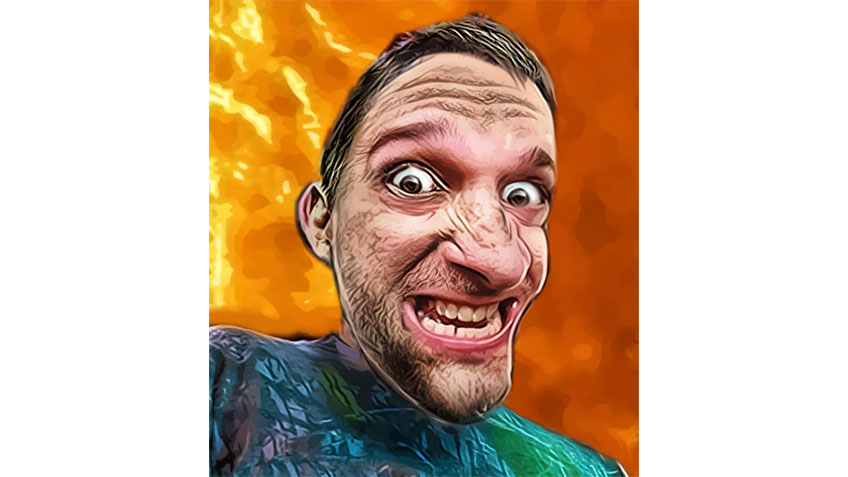
Triple-A
We all know about type-A people, right? Aggressive, driven, focused? Now multiply it by a factor of three and you have a triple-A guide. Such a guide’s superpower is endless energy. This guy’s fault is he mistakes aggression for skill.
I have hunted with several triple-A’s over the years, but one stands out.
We were chasing turkeys deep in a swamp near Florida’s Suwannee River. It was a huge public-land area, frying-pan flat, with three-quarters of the surface flooded with standing water. The high point in the entire place was probably a foot above sea level. The big, tall trees formed a thick canopy high overhead that blocked the sky, so we were in perpetual twilight. It was steamy, spooky and primal. It was also one of the most interesting places I have ever hunted. Partly, I suppose, because I would not have been surprised to stumble on to a stegosaurus at any moment.
My guide was a nice young fella about 9 feet tall, two-thirds of it legs. He had recently won some big turkey calling contest and was still riding the high of the victory.
Actually, that’s an understatement. I stood back because he was like twisted rubber bands. Anybody wound that tight was going to start spitting off parts, and I didn’t want to get hit.
A mile or so into this featureless swamp he stopped calling long enough for us to hear a turkey gobble. Triple-A’s eyes lit up like fog lights and he started to buzz with excitement. He hit his box call so hard smoke came off the lid. The turkey let loose with a long string of hard gobbles and started running to us like he was late for an appointment.
Noticing the coals forming on the side of his call, Triple-A dunked it into the water, shook of the baby alligator that had grabbed the paddle and said, “We gotta move!”
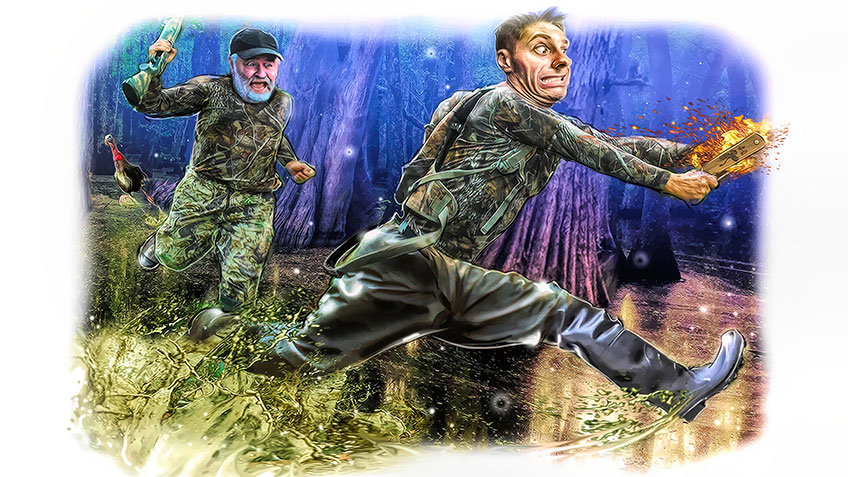
Then he took off across the standing water so fast his boots were up on plane. I followed along as best I could, guided by the constant, ear-piercing yelps. Once I caught up with him, I stood trying to catch my breath. I heard the turkey gobble back at the place we just left.
“Man, we gotta move, NOW!” And again he was off through the swamp, throwing a wake that shook the cypress trees. He was plowing so much standing water he looked like Moses parting the Red Sea. I found I could stay close behind and all but walk on bare ground. Well, run on bare ground. To keep up I had to shift a gear or two above jogging and close in on sprint.
We came to a big cypress log lying on a small dry patch of ground and he dove over it commando style, shoulder-rolled and came up yelping. I squatted beside him, and when his hand cramped and he stopped calling for a few seconds to shake it out, I heard the turkey gobbling at our last location. I started to suggest we just wait because this turkey was trying really hard and we probably needed to give him a little time to catch up.
Triple-A interrupted: “Hush! That turkey is close. I can hear him drumming.”
I tried to explain that the sound he was hearing was the turkey gasping for breath, but Triple-A let out another series of yelps so hard that fire flashed off the call. Then he hissed, “Let’s go, we gotta move, right now!”
And off we went again, speeding through the swamp leaving a trail of box call yelps and wood smoke behind us.
This went on for a while longer and the turkey tried its best. Around noon, the gobbles started to get weaker and finally faded to a stop. I am pretty sure the tom had a heart attack and died.
Soon after that Triple-A stopped and scanned around the featureless swamp with a puzzled look on his face.
“Hey man,” he said with a sheepish look, “I kinda got caught up in all the excitement and didn’t pay much attention. I think we are lost.”
I had an early GPS unit that was really finicky about the thick cover overhead, but with the few times it locked on and with the compass I never hunt without, I got us back to the truck in time for a late supper.
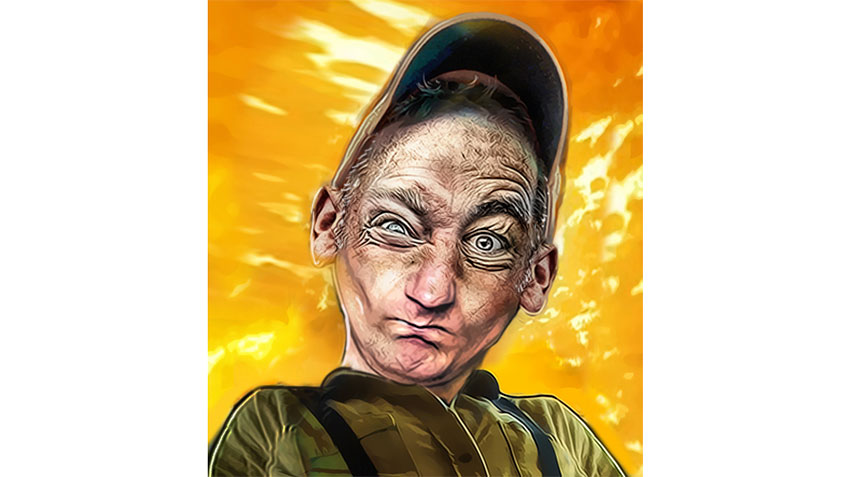
The Walker
One of the most common types of guides I have hunted with is the walker. Usually, a walker is built tall with a long stride. For the record, I am not either of those things. While I try to stay in good shape and I like to walk, my pace is not theirs. These guides will always be just far enough ahead so you can see them, but too far ahead to communicate. I think they believe this will motivate the hunter to move faster. Why you need to move faster has always remained a mystery. I suspect it’s because a walker equates “good hunting” with the amount of ground he can cover in a day. All any of this really does is spook the game before you have a chance to shoot.
Often, a walker will stop until you catch up, promise on his momma’s grave to slow down to your pace and then do it all again.
At times a walker is so intent on walking he misses everything. I had one walker in Zimbabwe who walked by the same 60-inch kudu three different times. (I had strict instructions not to shoot until he gave the okay.) Every time I would try to get his attention, but he ignored me and kept plodding. When he finally spooked it off the fourth time, he yelled at me for not keeping up. (That safari got even worse before it ended.)
One big problem is that walkers are so focused on the critter being hunted they have no interest in the rest of the world. Even if they do see something, if it’s not big enough to shoot they walk on by it. I may want to stop for a look. After all, it might be the first of the species I have ever seen. But they keep walking and ignore my hisses and whistles to stop. If a walker does stop, he will say, with dripping disdain, “Why do you want to waste time looking at that little guy? He ain’t big enough to shoot. Let’s go.”
These dudes are rarely naturalists. One of my great joys when hunting a new place is to learn about the flora and fauna native to the area. When I can get a walker to slow down enough to ask him about flora and fauna, the answer is usually a hostile, “I don’t know, it’s a damn tree.” Or maybe, “It’s a bird, who cares what kind?” … “That track? Who cares? Something stepped in the mud. Do I look like a Peterson’s guidebook to you?” ... “Why are you wasting time looking at flowers? We are hunting [fill in the blank].”
So, your entire hunt is spent looking at his backside while you powerwalk through a lot of interesting country. This guy will usually get your game for you, but somehow the hunting experienced is diminished.
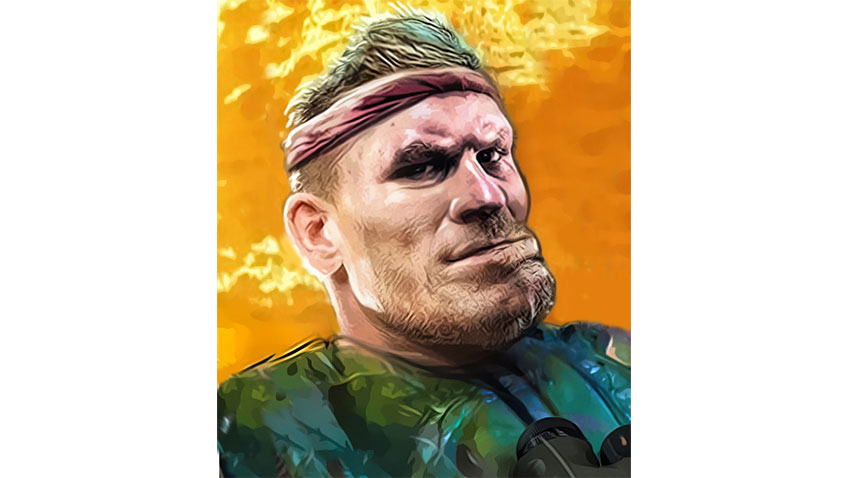
The Tough Guy
This kind of guide is pretty common in sheep, goat or elk camps. He is almost always young and full of testosterone, and after guiding in the mountains for weeks or months he is in great physical shape. He is also consumed with a driving need to prove that to you.
The first morning of the hunt he takes off up the mountain at a competition pace. He will stop well ahead and wait. As soon as you catch up, he leaves again before you have a chance to catch your breath. You see, he is tough and you must learn that.
I play the game for a while and then I sit down and wait for a tough guy to come looking for me. Sometimes it takes a while, but they always do. I ask them to sit down, which they never want to do. Then I give them my spiel.
“Look,” I say, “if you are trying to prove you are in better shape than me, stop; you win. I have 30 years, 30 pounds and two heart attacks on you. Add in two savaged knees and it’s pretty damn apparent this is a one-sided contest. We are here to hunt, not measure our egos. So please slow down and go at my pace, and I’ll do the best I can to keep up.”
With a big grin I continue: “If that doesn’t work for you I’ll show you something I know I am a lot better at than you: shooting. I’ll put a bullet through your knee, just enough to slow you down so I can keep up. Sound like a deal?”
I have done this at least a dozen times over the years. It’s clearly a joke and most tough guys laugh then settle down, and we have a great time. A few have challenged me to a shooting contest.
One elk guide turned white and quickly returned to camp. He told the outfitter I threatened to shoot him, and he wanted to quit. I don’t think we would have made it through the week together anyway.
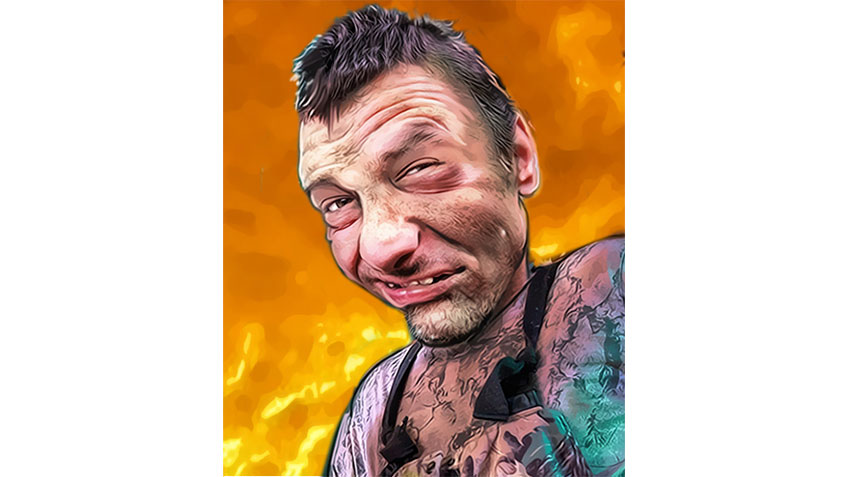
The Drinker
Guides are humans, right? Well, at least most of them. So they are subject to human follies. I have met some who hit the bottle pretty heavy. Sometimes it was a problem and sometimes it was not. I owe my largest pronghorn antelope to a rancher who kept a bottle under his truck seat and always returned home with it empty. He worked hard and knew his stuff, and I never saw a problem. His land, his rules.
One guy, though, stands out.
We were hunting in central Florida for Osceola turkeys. The company that sponsored the hunt had hired a guide, mostly because he came with access to a lot of property.
We met him before daylight at his ramshackle double-wide, situated deep in the woods. He must have seen our headlights because he was standing on his porch when we arrived. When he reached over the railing to shake somebody’s hand his feet slipped on the mossy boards and he flipped over the top, landing flat on his back. He didn’t even try to get up. Instead he gave us directions about which roads to hunt while stretched out on the oak leaves.
The hunting was actually pretty good and his directions were spot on, even though his delivery was a bit slurred. When we drove by his place later that morning he was gone.
When we arrived the next morning he was standing out in front of his house, freshly shaven and wearing clean clothes. He waved us down and apologized over and over again for his behavior. Then he sent us to his “super-secret” spot where the sponsor guy and I shot a double on gobblers an hour later.
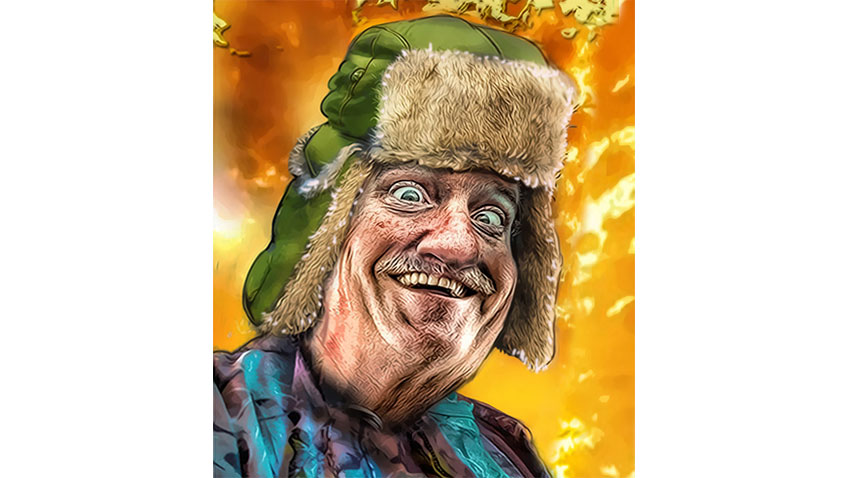
Silent Bob
Some guides are talkers, some are not. That’s fine. I am a yapper and I can keep the conversation moving all on my own. A few guides, though, carry it to the extreme.
I have hunted in Mexico, Russia and Europe with guides who didn’t speak English, but at least they tried to communicate. What’s difficult is when the guide refuses to talk at all.
The Silent Bob-type of guide acts like you don’t even exist. I have run into a few over the decades, but the leader of the pack was a guy my buddy Tony Kinton and I hunted with many years ago in northern Canada.
When the outfitter introduced us we got a grunt in return. I thought that was probably just in keeping with the mystique. Little did I know it was the only sound we would hear from him for days. I know the legend is that guides of the North are supposed to be men of few words, but this guy was absurd.
We were hunting moose in British Columba, and in the first five days I don’t think I heard Bob speak a word. The closest he came was in the corral one morning when a mouse ran out from under a saddle he picked up. He screamed like a little girl, dropped the saddle and ran away. We saddled our own horses that morning, and he would not look either of us in the eye all day.
I think the first actual words he spoke to me occurred after I had left the trail and ridden over a slight rise, right into three grizzly bears feeding on a dead moose. My horse swapped ends faster than a championship bronc, and I never even got close to the eight seconds. I hit the ground, the horse ran off and the momma grizzly started talking trash.
In the end, the bears took off without following through on their threats and I limped along, following tracks back to my horse. I found him with his halter tied to a branch. Bob was sitting under a tree nearby. He stood up, untied my horse and handed me the rope.
All he said was, “Don’t get off horse.” Then he climbed on his and rode off again.
I try to learn all I can about any new place or new critter I am hunting. This was a long time ago; it was my first moose hunt. I asked questions about the country, about the vegetation and about the moose. Usually I got nothing, just a blank stare straight ahead. On his “chatty” days, Bob would glance at me long enough to let me know he heard what I said before riding off.
You had to watch this guy to figure out what was happening. For example, if you saw him riding away on his horse it might be time to start hunting. Or he was just looking for privacy for his bathroom chores. If you followed, it usually became clear.
When he got off his horse and built a fire, it was time to eat, which became a less joyous thing as the hunt progressed. After 12 days of moose meat three meals a day, I was ready for some chicken. If he did talk I could picture Bob being like Forrest Gump’s best friend Bubba with his shrimp: “Moose is the food of the mountains. You can barbeque it, boil it, broil it, bake it, sauté it, pan fry it, deep fry it, stir fry it. There’s moose kebabs, moose steaks, moose sandwiches, moose burger, moose pie, moose and potatoes, moose and eggs, moose roast, moose stew, baked moose, grilled moose …”
Anyway, we ate a lot of moose. (At the end of the hunt we Super-Cubbed back to the outfitter’s main camp and he promised us “a great feed with charcoal-cooked T-bone steaks.” I got pretty excited about some beef. You probably already guessed that they were moose T-bones.)
As for Silent Bob and his communication skills, when you saw a moose and asked if you should shoot and he shrugged his shoulders, it could mean anything. Not shooting, as I learned, would be best.
I was trying to learn how to judge moose. I asked about each moose, how it measured up, and if it was big enough to shoot or one we should pass and why. I was attempting to build a frame of reference so I could understand how to judge bull moose in northern B.C. But I guess it came across as something else.
With this one, I had no frame of reference except that it was the largest bull we had seen so far.
“Is that big enough to shoot?” I asked. I got the shoulder shrug and some surprising words: “Go ahead. Shoot moose.” This was as close to an affirmative as I could expect, so I shot it.
It was a nice bull, but I learned later it was much smaller than the average for that camp. Silent Bob told the outfitter I wanted to shoot every moose we saw and he felt bad about saying no so often.
The oddest thing occurred on the final night in camp. The next week’s hunters had arrived, and we were hungry for conversation and news from the outside. Silent Bob came to the campfire, and strangely he would not shut up. He talked so much that nobody else could get a word in edgewise.












